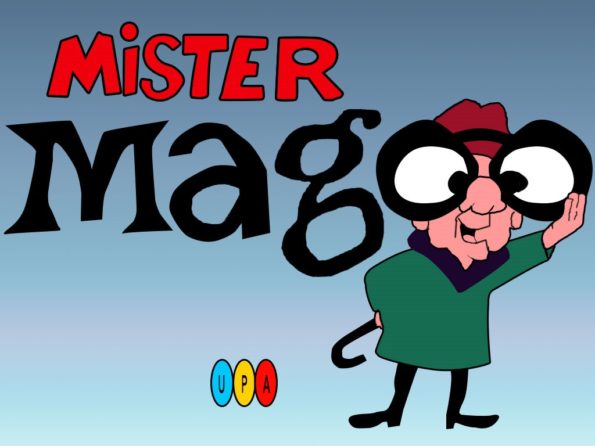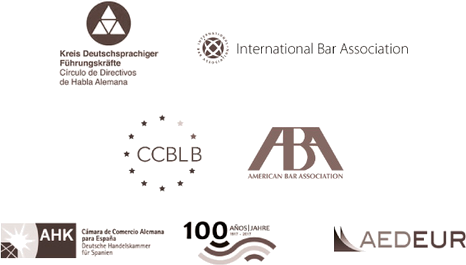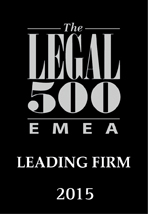
Mr Magoo Goes To Washington*
18/03/18
On March 1st, the European Commission cleared a merger first announced more than a year ago and notified on August 22nd, Essilor/Luxottica (M. 8394). Unusually after a Phase II procedure, clearance was unconditional.
The outcome after six months of investigation (?) was particularly eye-catching considering the facts of the case, namely the parties’ relative and absolute size, market shares and product portfolios. There is every chance that the new Essilor-Luxottica Group will substantially reduce competition, evolve far beyond the reach of any competitor and have an even firmer grip on optician sales outlets.
In such a scenario, what did the Commission do? Well, it kept competitors at bay publishing the opening of its Phase II investigation four months after the fact (!) and skipping the statement of objections with the ensuing public hearing. Instead, it relied on “feedback from nearly 4,000 opticians throughout Europe”, as its press release reads.
The merger review ‘market test’ is one of the Commission’s most absurd myths. Leaving aside the value of such lopsided rash enquiries generally, asking opticians of all players about this gigantic merger seems particularly clever. Aware of what was coming their way, they refrained from openly opposing the merger ever since its announcement. It is no coincidence that the solitary precedent of a competition authority acting against merely recommended (!) prices, normally a textbook example of a legitimate business practice, was the German prohibition for lens manufacturers, including Essilor, to recommend retail prices – because no optician on record had ever diverged from such recommendation.
Based on such free and unconstrained views, the Commission finds that “Essilor has insufficient market power and incentives to shut out Luxottica’s competitors”. That both parties had vigorously expanded over the last decade to become each other’s strongest competitor seems to be irrelevant. Yet perhaps what determines the degree of competition in a market is not a headcount of competitors but their competitive clout.
Despite our title, turning to Washington did not help much, as the FTC also cleared the deal despite even higher market shares in the US. Now that the deed is done, competition authorities might want to devote some time to studying the pitfalls of vertical mergers. And all of them should see to it that the Essilor-Luxottica Group has no reason to quote famously short-sighted Quincy Magoo anytime soon by boasting “You’ve Done It Again!”
*This post summarises a guest contribution published on 2/3/2018 by Euractiv.
Rating Legis SLP
T/F: +34 932 724 264
Provença, 253
08008 Barcelona
<!–
Members of:



